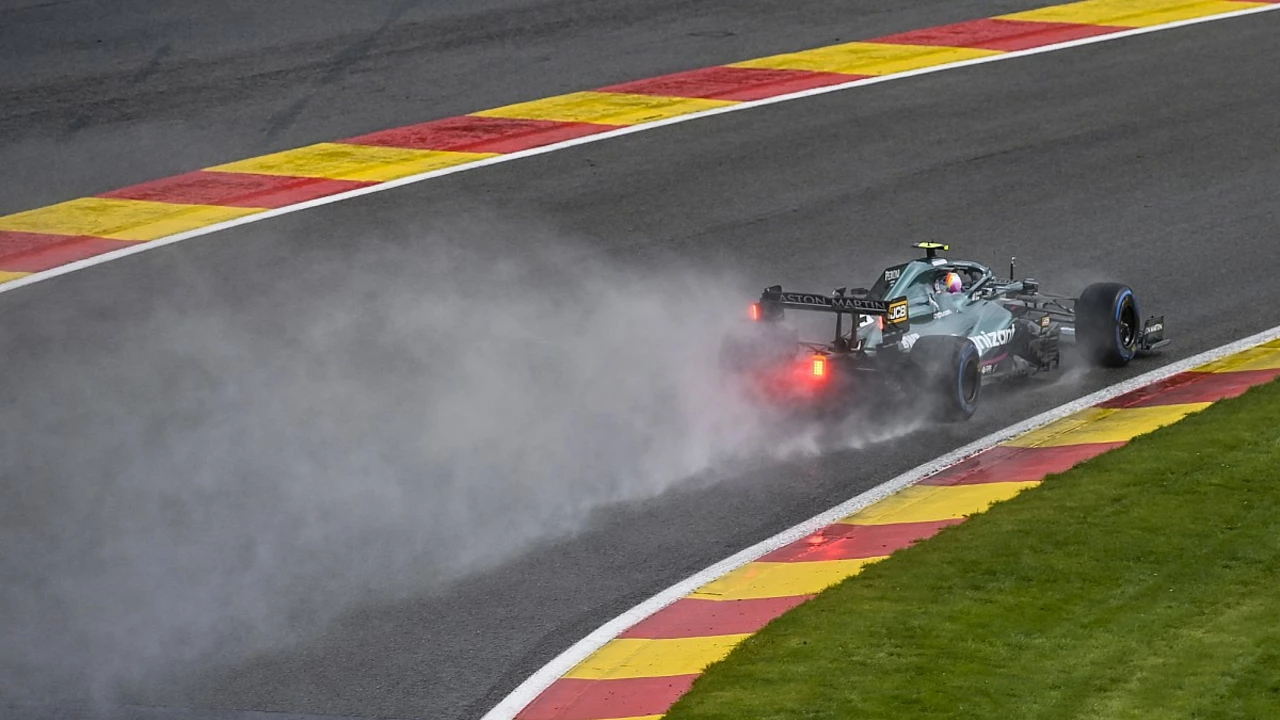Flying Lap: What It Is and How to Nail It
Ever heard the term flying lap at a race track and wondered what it actually means? In simple words, it’s a single, uninterrupted circuit where the driver is already at speed – no rolling start, no pit stop, just pure speed from one end of the track to the other. This lap decides who starts at the front in many series, so nailing it can mean the difference between a clean line and fighting through traffic.
Why the Flying Lap Matters
The main reason teams care about the flying lap is grid position. Starting at the front gives you clear air, fewer chances of being trapped behind a slower car, and a better shot at controlling the race pace. Even in street‑racing scenes, a fast flying lap can attract sponsors because it shows a driver’s raw speed. On a practical level, the data from a flying lap helps engineers fine‑tune suspension, aerodynamics, and tire pressures for the real race.
Fans love it too – watching a driver push the car to its limits for a few seconds feels like a pure adrenaline burst. That’s why TV broadcasts often spotlight the qualifying session, replaying the best laps in slow motion. In short, a good flying lap is good for the driver, the team, and the audience.
Tips to Improve Your Flying Lap
1. Know the track inside out. Study each braking zone, apex, and straight. Even tiny changes in entry speed can shave tenths off your time. Use on‑board video or a track map to memorize the flow.
2. Set the right tire temperature. Warm‑up laps before the flying attempt get the rubber sticky. Too cold and you’ll slip; too hot and the tire will lose grip. Aim for the optimal temperature range the manufacturer recommends.
3. Dial in aerodynamics. Lower downforce on long straights helps top speed, while a bit more front wing can improve corner grip. Adjust the settings between laps to find the sweet spot for the specific track layout.
4. Perfect your braking point. Brake in a straight line, then trail‑brake into the corner to keep the car balanced. A consistent braking point lets you hit the apex later, preserving speed.
5. Use the racing line, not the shortest line. The racing line maximizes corner exit speed, which matters more than a tiny reduction in distance. Trust the flow that lets you carry momentum.
6. Stay relaxed. Tension in the hands or shoulders can make steering inputs jerky. Breathe, focus on smooth inputs, and let the car do the work.
After you’ve applied these tips, run a few test laps and compare sector times. Small adjustments, like a 2‑degree change in steering angle, often lead to significant overall improvements.
Remember, a flying lap is a blend of skill, setup, and mental focus. The more you practice, the more instinctive the perfect line becomes. So next time you hit the track, treat each lap as a chance to shave off another fraction of a second – because in racing, every hundredth counts.



